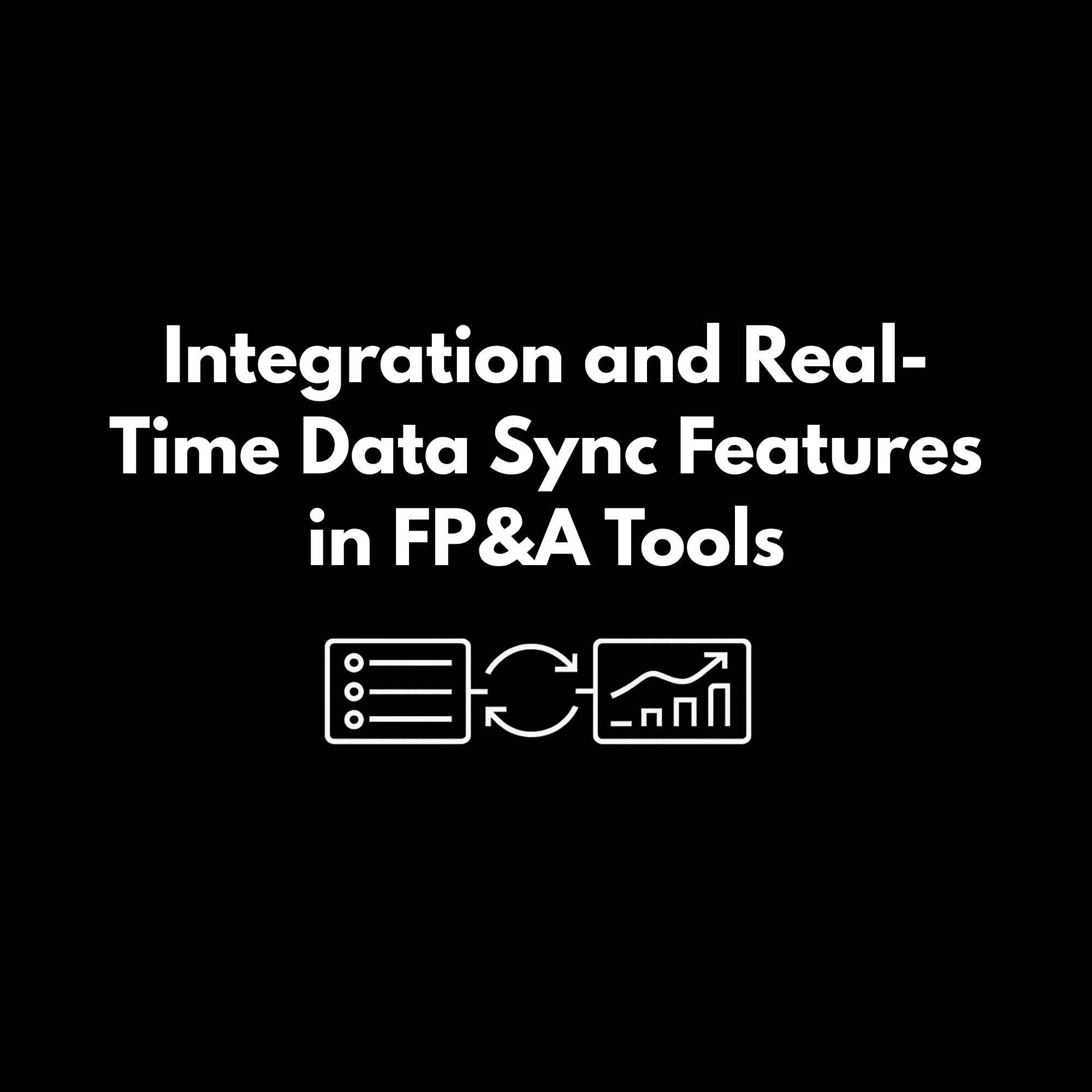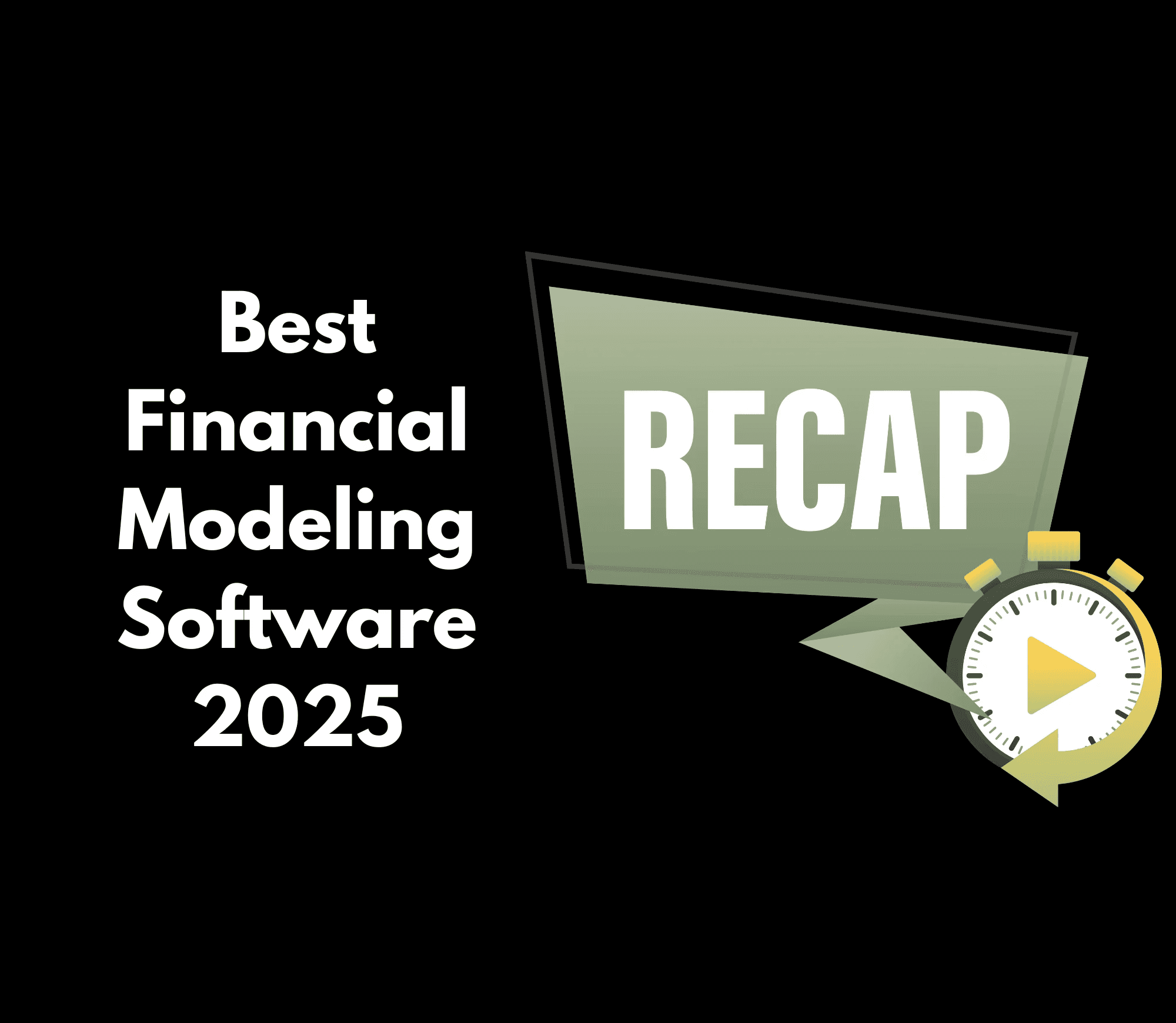Blog
Finance Advice
How Founders Can Stay Ahead in Headcount Variance
Headcount is almost always one of the first slides in a board deck. It’s the clearest signal of how aggressively you’re building, how carefully you’re managing burn, and whether you’re delivering on the hiring plan you sold last quarter.

Renato Villanueva
CEO & Cofounder
Sep 16, 2025
If you’ve ever set a headcount plan at the start of the year and expected it to go exactly as written then congratulations, you may be the first founder in history to pull it off. For everyone else, headcount planning is less of a fixed blueprint and more of a moving target.
Recruiting takes longer than expected. A star candidate accepts somewhere else. You pause hiring in one department to accelerate it in another. Sometimes the business grows faster than expected and you need to staff up yesterday.
The truth is simple: headcount plans are uncertain by nature. The challenge for founders isn’t in making a perfect plan, it’s in building a system that lets you adapt the plan as things change.
Why Headcount Plans Shift So Often
Headcount is where strategy meets reality. A dozen different factors can push your numbers up, down, or sideways:
Hiring funnel unpredictability: Recruiting pipelines look great until they suddenly stall.
Market dynamics: Competition for key roles can stretch time-to-fill far beyond your assumptions.
Attrition surprises: Unexpected departures mean backfilling when you planned to grow.
Budget adjustments: Fundraising takes longer, or a big customer churns—suddenly your hiring targets need a reset.
Strategic pivots: A shift in GTM strategy or product roadmap can mean re-prioritizing entire teams.
Boards understand this. What matters isn’t whether you hit every hiring target, it’s how you manage the variance and explain the tradeoffs.
The Old Way: Static Headcount Models
Traditionally, headcount planning happens in spreadsheets. You set hiring goals, attach salary assumptions, and lock in budgets. But the moment reality diverges (someone leaves, a hire is delayed, etc.) the model starts drifting out of sync.
By the time the board meeting rolls around, you’re scrambling to reconcile actuals with a plan that’s three versions behind. And the most important conversations become impossible to model quickly: “What if we delay hiring?” or “What if we accelerate sales hiring by two quarters?”
The Better Way: Dynamic Scenario Planning
Instead of fighting uncertainty, embrace it. Great headcount planning isn’t about predicting the future, it’s about preparing for multiple futures.
With scenario-based planning, you can ask:
What if we pause hiring in engineering for one quarter to extend runway?
What if we bring on AEs earlier to accelerate revenue growth?
What if attrition is higher than expected, how does that affect productivity and burn?
This mindset turns headcount planning into a strategic advantage. Rather than explaining variance after the fact, you proactively map out the possibilities and show you’re ready for any of them.
How Parallel Helps Founders Navigate Headcount Uncertainty
This is exactly where Parallel shines. Instead of static spreadsheets, Parallel gives you a living, AI-native forecasting system that flexes as your hiring reality evolves.
Instant updates: Parallel syncs with actual payroll and recruiting data, so your plan always reflects reality.
Scenario modeling: Test different hiring paths in real time—pause, accelerate, or reshuffle headcount—and instantly see the impact on burn, runway, and revenue.
AI-powered insights: Parallel doesn’t just show the numbers; it highlights risks and opportunities, so you know when variance is a problem and when it’s a blessing.
CFO-level guidance: From day one, Parallel acts like a fractional CFO, giving founders the context and confidence to explain headcount plans to boards and investors.
Plan future hires or adjust existing ones with clarity and control.
Turn Your Financial Uncertainties Into Confidence
Headcount plans will always change. What matters is not making the perfect plan, it’s being able to adapt the plan as conditions shift.
With Parallel, you don’t just keep up with change, you get ahead of it.
Plan smarter with Parallel today.
FAQs
What is headcount variance and why does it matter?
“Headcount variance” is the difference between the number of hires you planned and the number you actually onboard. It matters because variance affects burn, productivity, runway, and your ability to deliver against strategy.What causes headcount variance in startups?
Typical causes include slow recruiting funnels, candidate rejections, unexpected attrition, shifts in budget or strategy, and market competition for talent.How often should founders review headcount variance?
At minimum, monthly. Frequent reviews (weekly or biweekly) are ideal early on so you catch deviations early and can course-correct before they become bottlenecks.Can headcount variance be a positive signal?
Yes. If actual headcount is lower than planned but you're hitting your goals (e.g. revenue itched above forecast), variance can reflect efficiency gains or strategic reprioritization rather than failure.How does Parallel help manage headcount variance?
Parallel syncs real hiring and payroll data to your model, lets you simulate alternate hiring paths in real time, and surfaces which variances are risks vs opportunities.

Renato Villanueva
CEO & Cofounder
From hiring to fundraising, Parallel helps startups make faster, more confident decisions with a financial forecast they trust.



